- Call us: 01444 237070
- Contact Us
- Stores
- Sign In / Register
-
- Back
- Used Cameras
- Used Accessories
- Used Lenses
- Used Video
- Used Film Equipment
- Used Stock Alert
- Used Blank Test
- Sell or Part Exchange
- Used Clearance
- Recently Added Used Equipment
- Park Picks
- All Used Black Friday Deals
- Faulty
- Trade-In
- Blog
- New in
- Call us
- Contact us
- Stores
- Sign in
- Categories
- Tips & Inspiration
- Reviews
- News
- Events
- Features
- Buying Guides
- Competitions
Tips and tricks for fantastic Airshow photos
With the biggest airshows in the UK fast approaching this summer, one of our photography tutors, Steve Marley, has been taking a look at how you can make one of the most challenging, fast-paced areas of photography simple with a variety of tips and tricks. Read on to learn more, and hopefully put this guide into practice at one of these exciting events!

Exposure Settings
Capture them at their best and shoot from the end 1/3
For most air shows, you’ll notice that the aircraft will be backlit. In most cases, you’ll find that a little extra exposure will help retain crisp detail in the aircraft. Try +2/3 of a stop and then ensure you review the images as you take them, balancing your exposure as you go. In conditions where there is a deep blue sky, your exposure may not need adjustment, but with a very bright sky, it certainly will!
White Balance
Take control of your shot and get away from auto white balance. Daylight / Sunny WB settings are great for sunny days, and for a little extra warmth, you can use Cloudy white balance. Personally, I shoot with a 5,500K fixed white balance, but as always, it’s vital to adjust based on the conditions and your subject.
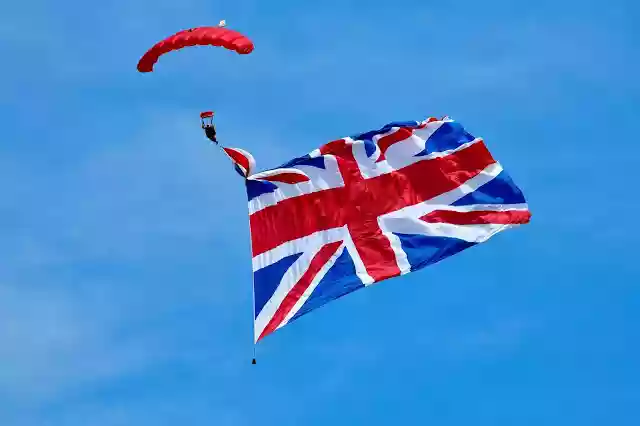
Focus
Continuous AF is highly recommended as your camera will then follow the moving subject maintaining focus as you shoot. If your camera has selectable areas or focussing points, pick an area with a reasonable spread – centre or single-point AF runs the risk of pointing at an area with no contrast or missing the aircraft completely, and therefore a spread of points is best.
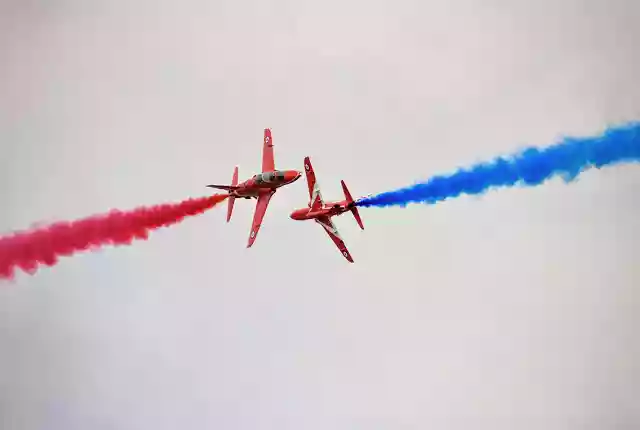
Modern mirrorless cameras have no problem keeping up with fast-moving subjects, and planes are no exception. In fact, the newest Sony, OM System and Nikon mirrorless cameras have subject detection modes dedicated to airplanes, making your process an awful lot smoother.
Drive
Continuous high-speed drive is a good choice as this allows you to take a rapid sequence of shots. Watch out for your camera’s buffer though, and if the buffer is filling too quickly, just drop the frame rate down a bit and this will help. Using the fastest possible memory card and turning off additional tools that will affect the frame rate will also help. Many cameras will handle much better using a battery grip, and in some cases, the battery grip will also boost performance and drive speed.
Again, recent digital cameras reach blistering continuous shooting speeds, like the Sony A9 III with an incredibly fast 120 frames per second. Pairing this with the autofocus systems mentioned earlier takes a lot of the difficulty out of aviation photography.
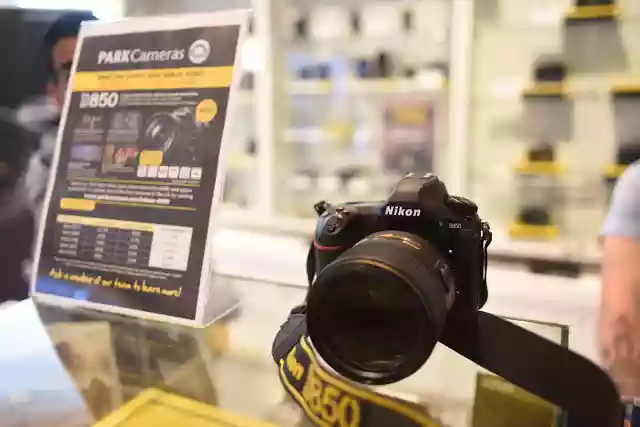
Shutter Speed
Your shutter speed is crucial for aviation photography, so I would recommend you use Shutter Priority/TV Mode (if not shooting manually!). For a greater sense of movement, a relatively slow shutter speed combined with panning your camera (following the subject keeping it in frame and then firing the shutter but continuing to follow the subject after the shutter has fired) will give the best results.
For propeller aircraft, anything faster than about 1/500th will generally freeze the propeller blades, so 1/500th or slower is recommended. For a full circle of propeller blur, you will need to use around 1/250-1/80th of a second. For jets which move considerably faster, you can up your shutter speed to at least 1/1000th for best results.

Composition
Your aircraft doesn’t need to fill the frame. If there are interesting cloud formations in the background, then make use of these in your composition. It’s worth paying attention to little things like the position of the sun relative to your aircraft, and more striking compositional ideas – for instance, it’s likely that you might catch some aircraft flying in formation, enabling some compelling shots.
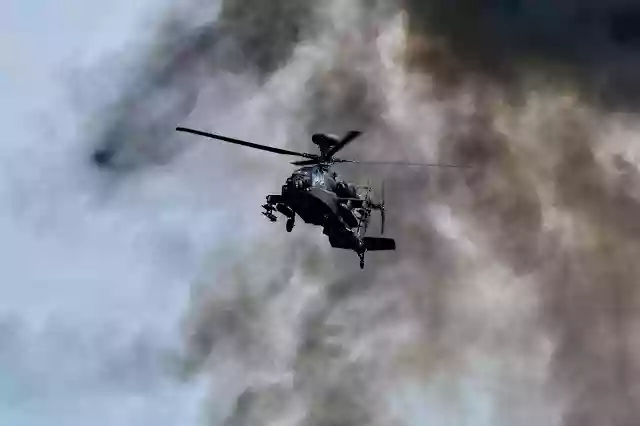
Where to Shoot From
I would recommend you shoot from the end thirds of the crowd line and not from the middle. This way, you will have the chance to shoot aircraft taking off, landing, and more importantly banking as they come round to the display line so you can capture them at their best.
The focal length of your lens may inform where you stand so you can take the shots you intend to. If you’re working with a wider lens, it’s likely you’ll be getting shots of airplanes on the runway, whereas with a much longer lens (which is typical), you’ll be aiming to take detailed images of the aircraft in flight.
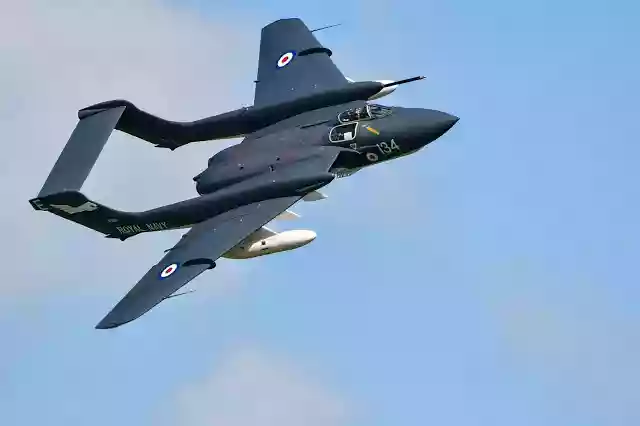
Recommended Gear
Aviation photography rewards a camera with powerful autofocus, fast operation and shooting speeds, and of course, exceptional image quality.
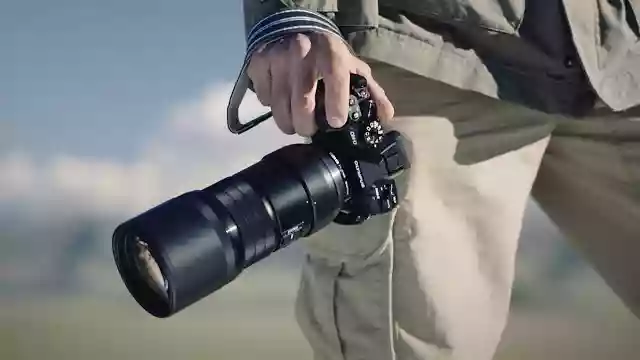
Smaller sensor sizes like APS-C and Micro Four-Thirds are popular among aviation photographers due to their crop factor. This extends the focal length of lenses used by 1.5/1.6x and 2x respectively, which works wonders when capturing distant aircraft.
APS-C users may look to a camera like the Fujifilm X-T5 or the Canon EOS R7; cropped-sensor cameras that don’t compromise performance, with detailed sensors up to 40MP and continuous shooting speeds of up to 30fps.
If you’re looking to extend the range of your camera even further, the OM System OM-1 Mark II takes advantage of the 2x Micro Four-Thirds crop factor. It leads its class with 50fps shooting with continuous AF, and up to 120fps with single point.
Full-frame cameras like the Nikon Z9 and the Sony A9 III offer the most powerful aviation photography experience out there. The latter is perfect for freezing fast motion with its world-first global shutter. If a balance between speed and quality is essential, the Z9 takes beautiful 45.7MP stills at speeds of 20fps.

As for lenses, anything in the full-frame range of 150-600mm is perfect. A zoom lens is preferable, as it gives you a lot more room to shoot aircraft at a massive variety of distances with no need to switch lenses. Having that compositional freedom is essential and will make airshow photography far more enjoyable.
Other Tips
Airshows have a lot going for them apart from the air-show itself! There are normally flightline walks where you can get close up to the aircraft, and at Farnborough especially there are lots of static displays where you can get a close-up view of the technology. Re-enactors often make an appearance as well as music acts and so forth – all great subjects for your camera!
A schedule of upcoming airshows in the UK can be found here.
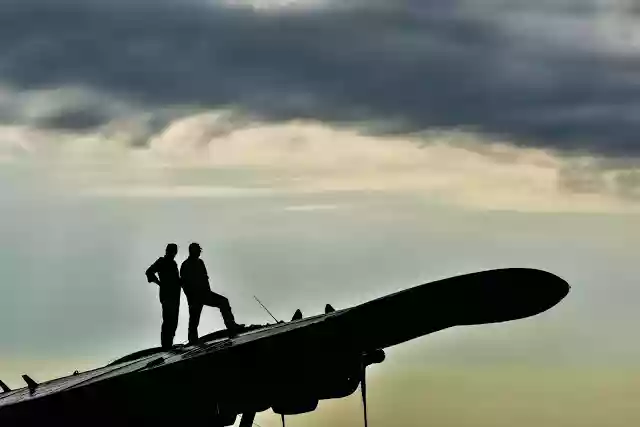
A quick summary of the tips discussed:
- Exposure: add 2/3 exposure compensation then review images
- White balance: fix to sunny or cloudy setting not Auto
- Focus: Continuous AF with a spread of points
- Drive: high speed continuous – use a battery grip too
- Shutter speed: 1/500 or slower for propeller 1/1000 or faster for jets
- Composition: don’t have to fill the frame – use clouds!
- Shooting position: end third of the runway
- Recommended gear: high frame rate fast focusing camera
If you liked this post, why not check out some of professional photographer Andy Rouse’s favourite aviation shots, shared in Part 1 and Part 2 of a series of write-ups on our blog?
Park Cameras is committed to all your photography needs – both on land and in the skies! Feel free to explore our expansive range of digital cameras, lenses, and more today, and discover exclusive photography offers before they’re gone.
Share this post:
By Park Cameras on 17/07/2024

Trade in your old equipment
Fast and easy trade in service ensures your old gear is collected efficiently and you are paid quickly! It's very simple to trade in your unwanted photography gear. Just head over to our dedicated Sell or Part Exchange page, fill out the details, and we'll get back to you with an offer for your old gear. Take the cash, or put it towards the cost of your new gear. It's up to you! Find out more
sign up to the newsletter
Keep up to date on the latest photography news, events and offers. Sign up now